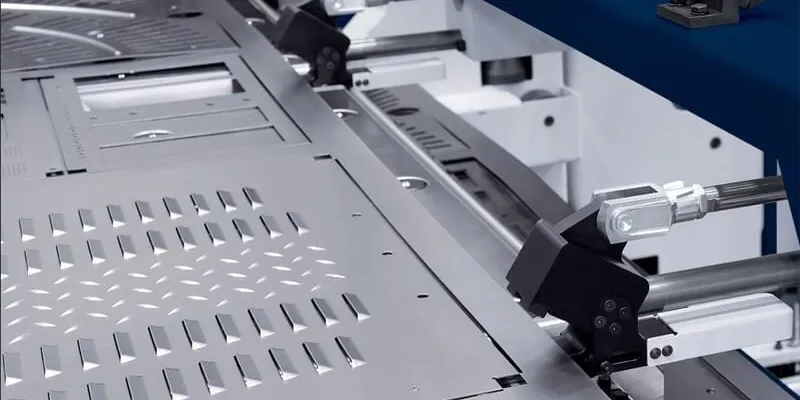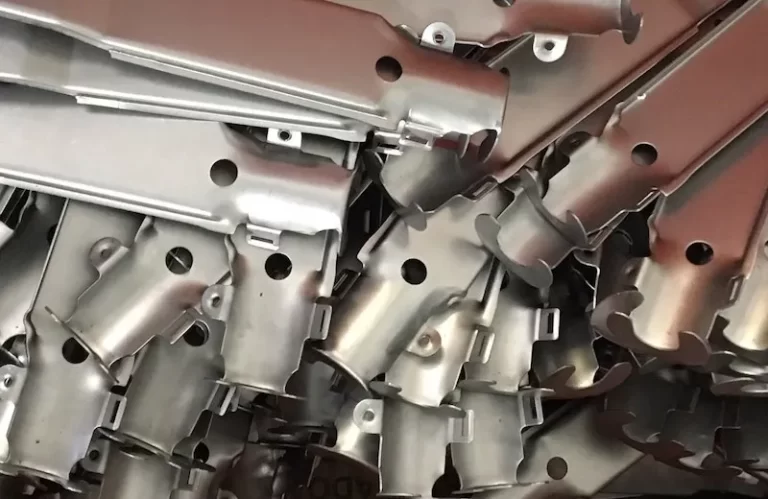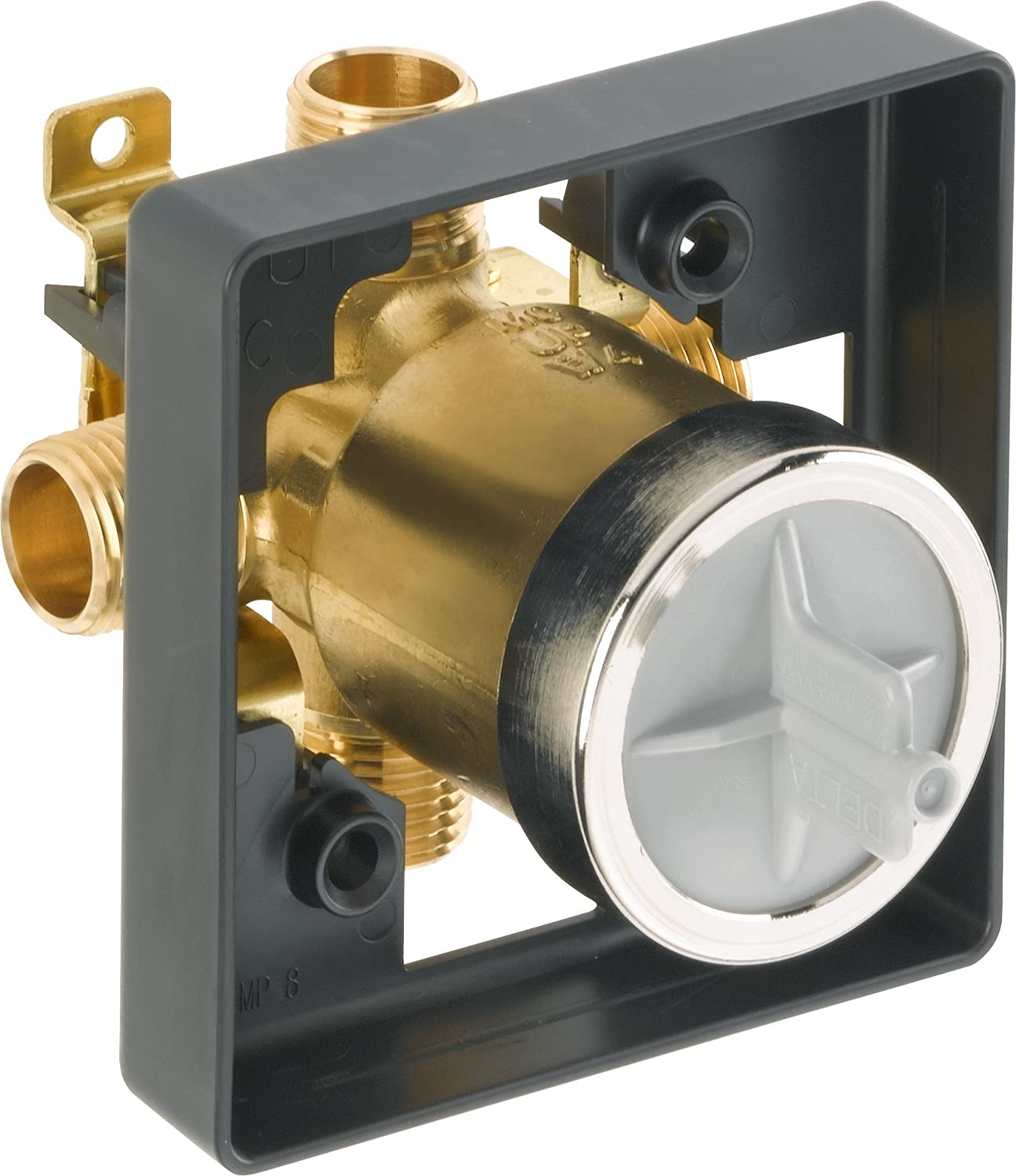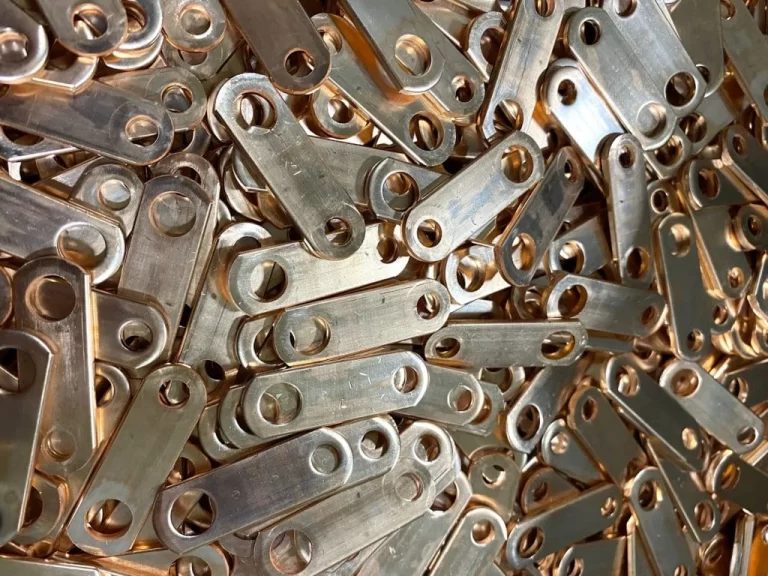Geocell Manufacturing: Differentiating Sheet Metal Stamping from Metal Fabrication
When manufacturing metal parts and components, some applications may utilize sheet metal stamping or other metal fabrication processes. It’s important to note that while these terms are often used interchangeably, they encompass a range of manufacturing processes with significant differences. In this article, we will delve into the disparities between sheet metal stamping and metal fabrication, enabling you to make informed decisions for your Geocell manufacturing needs.
What is Sheet Metal Stamping?
Sheet metal stamping is a fabrication process employing dies, punches, and various tools to shape the sheet metal into the desired end component. This method proves to be cost-effective for large production runs and can be executed in a single or multiphase process. In the case of multiphase or progressive die stamping, a strip of metal is fed through a tool, with each tooling station performing distinct punches, cuts, or bends. As the part progresses through the process, each station contributes to the work of the previous one, culminating in a completed product at the end of the run.
The advantages of metal stamping include lower cost per piece for larger production runs, the ability to create complex designs, high repeatability, and the availability of secondary processing options. If you require parts manufactured in substantial quantities, sheet metal stamping can prove advantageous over metal fabrication. However, it’s important to consider that stamping costs may accrue due to tooling expenses and longer preparation periods.
What is Metal Fabrication?
Metal fabrication is a broad term encompassing various manufacturing processes such as cutting, bending, and punching. This form of manufacturing generally involves more labor-intensive practices and longer production times. Metal fabrication revolves around shaping metal parts by removing or altering materials. For example, certain metal fabrication processes may entail creating cutouts or holes in metal materials, while others may involve stretching and bending the metal to achieve the desired shape.
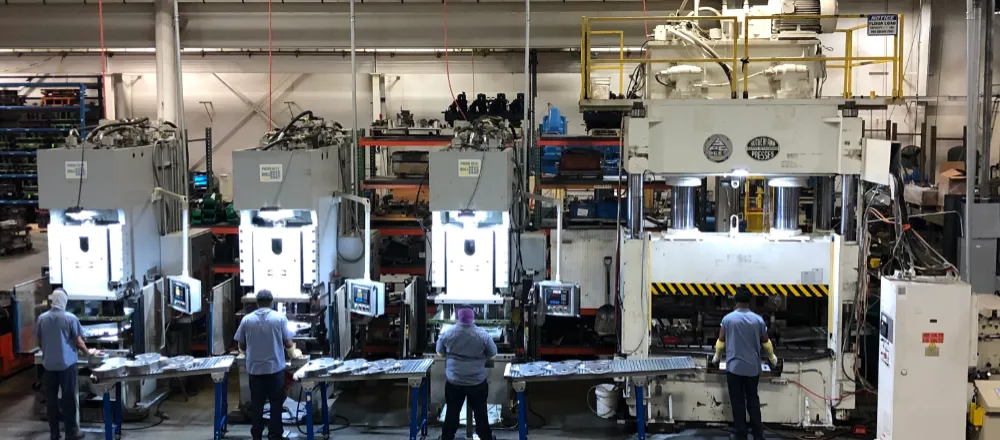
The advantages of metal fabrication include rapid prototyping, versatile fabrication techniques like laser cutting and shearing, diverse customization options, and quick and easy design adjustments. While sheet metal fabrication proves ideal for numerous metal manufacturing applications, it necessitates more labor and longer production periods when compared to sheet metal stamping. Additionally, the costs of materials in fabrication tend to be higher than those in stamping, and fabricating parts with complex designs may not always be feasible.
Another aspect to consider is the lack of repeatability in metal fabrication, making it less suitable for high-volume production runs. However, this process can provide a cost-effective and efficient solution for applications requiring low-volume production of pieces with simpler designs.
By understanding the differences between sheet metal stamping and metal fabrication, you can make informed decisions when it comes to Geocell manufacturing, considering factors such as production volume, design complexity, cost constraints, and time requirements.
